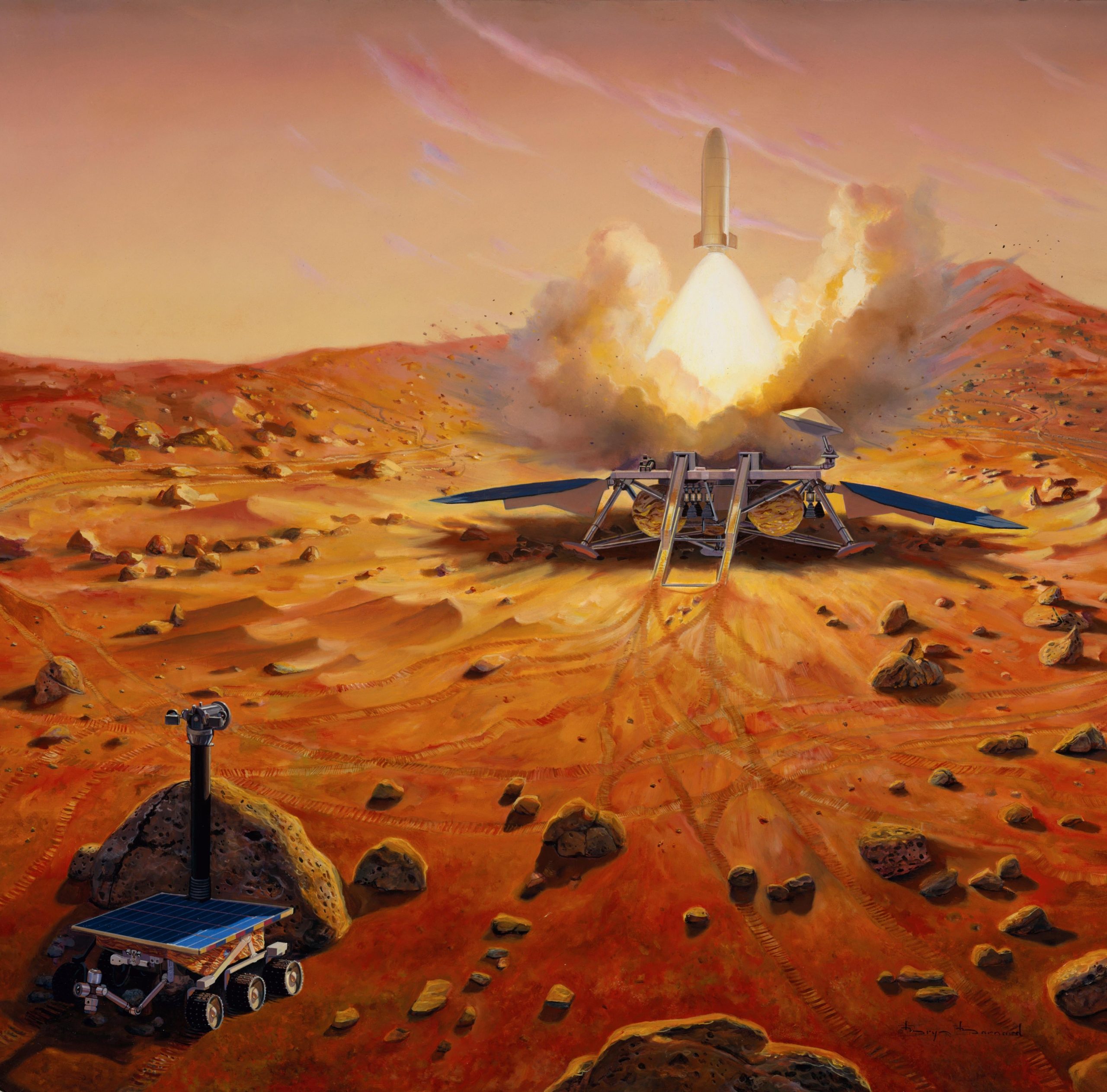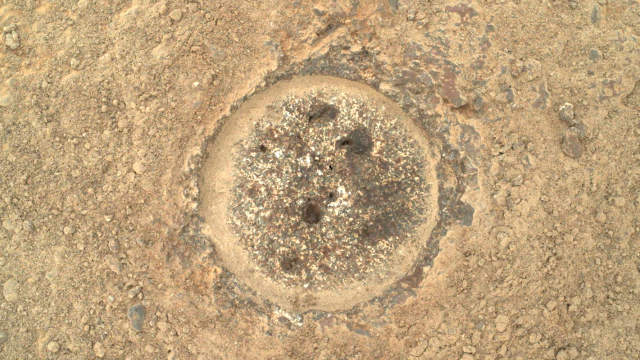Perseverance has now collected a rock sample on Mars, the first of around 35 that will be set aside for a future mission to collect and bring to Earth. NASA announced the successful collection in a tweet this morning.
Should the rock samples get to Earth safely — Thomas Zurbuchen, NASA’s associate administrator for science, said they’re slated to arrive in the early 2030s — they’ll likely reveal a huge amount of information about Mars, including details of the planet’s geology, at a proximity that scientists previously could only dream of.
“I have been thinking about and preparing for this day for nearly 8 years now,” said Louise Jandura, the chief engineer for sampling and caching at NASA’s Jet Propulsion Laboratory, in a blog post. “It was a long, intense, challenging, and exhilarating road that resulted in the sophisticated robotic hardware that is Perseverance,” she added.
The sampled rock came from the edge of Mars’ Jezero Crater, where a dried-up river delta fans out from the ancient lakebed. It’s where Perseverance dramatically landed in February with the Ingenuity helicopter in tow, and where both complex vehicles have been poking around ever since.

NASA outlined the steps necessary to extract the sample in a press conference held late last month. First, the team on Earth selected the sample site, the Cratered Floor Fractured Rough, a rugged stretch of rock a little less than a mile from the landing site. Then, the rover was instructed to abrade the rock surface — basically scrape off the crud — and drill into the stone, pulling out a core and storing it away.
At the time of the conference, NASA scientists weren’t sure whether the rough is composed of igneous or sedimentary rocks, which would require different geological processes to form — the former being cooled, once-liquid rock spewed out by volcanoes, and the latter taking form from the constant layering of sediments that eventually compact, forming rock. Nature reported today that the rocks appear to be igneous, according to scientists’ first looks at images of the rock taken by Perseverance’s WATSON camera. The sample is now safely inside one of Perseverance’s test tubes.
The rover will be busy collecting more samples as its mission continues. Next up is the Séítah, an undulating sand dune range that Ingenuity helicopter recently flew over, and the Raised Ridges, another nearby formation. Around the turn of the year, the rover will head to the Three Forks, the river delta on the crater’s edge, and where scientists hope fossilized signs of life could be hiding.
